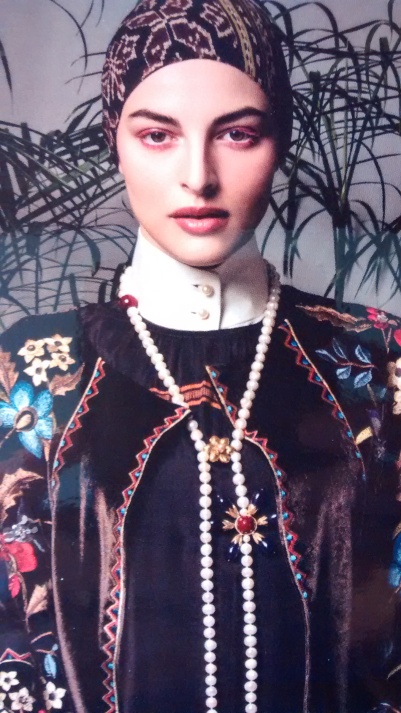
Nicole Kidman in The Destroyer.
We took so long to find the leather jacket that I wear in pretty much every frame of the film. I became so obsessed with that jacket, I would wear it at home. I put it on first thing in the morning. My kids visited the set and were shocked at the way I looked.
Nicole Kidman, Australian born actress.
In an interview for W magazine (v.1 2019) Kidman was talking about the jacket she wore in her most recent film, The Destroyer, which was released in December 2018. Costumes by Audrey Fisher.
I see how an article of clothing can help actors find their characters: Hercule Poirot’s spats; Holly Golightly’s little black dress; Columbo’s top coat.
Clothing or accessories are part of what defines us. For example my mother is known for her scarves. People think of me in hats, particularly cloche. I once worked with a woman who, every day, wore an armful of silver bracelets, many of them handcrafted with turquoise by Native Americans. We might have been a bit bewildered had she ever shown up at work without those bracelets.
I call these signature pieces. Some people have a signature piece and don’t even know it. They’re just wearing what they like. It could be a ring one wears every day, like a class ring. It could be a go-to jacket or a silk flower on a lapel. Perhaps a certain brand of distinctive shoe such as Dr. Marten’s.
How about you? Do you have a signature piece?








